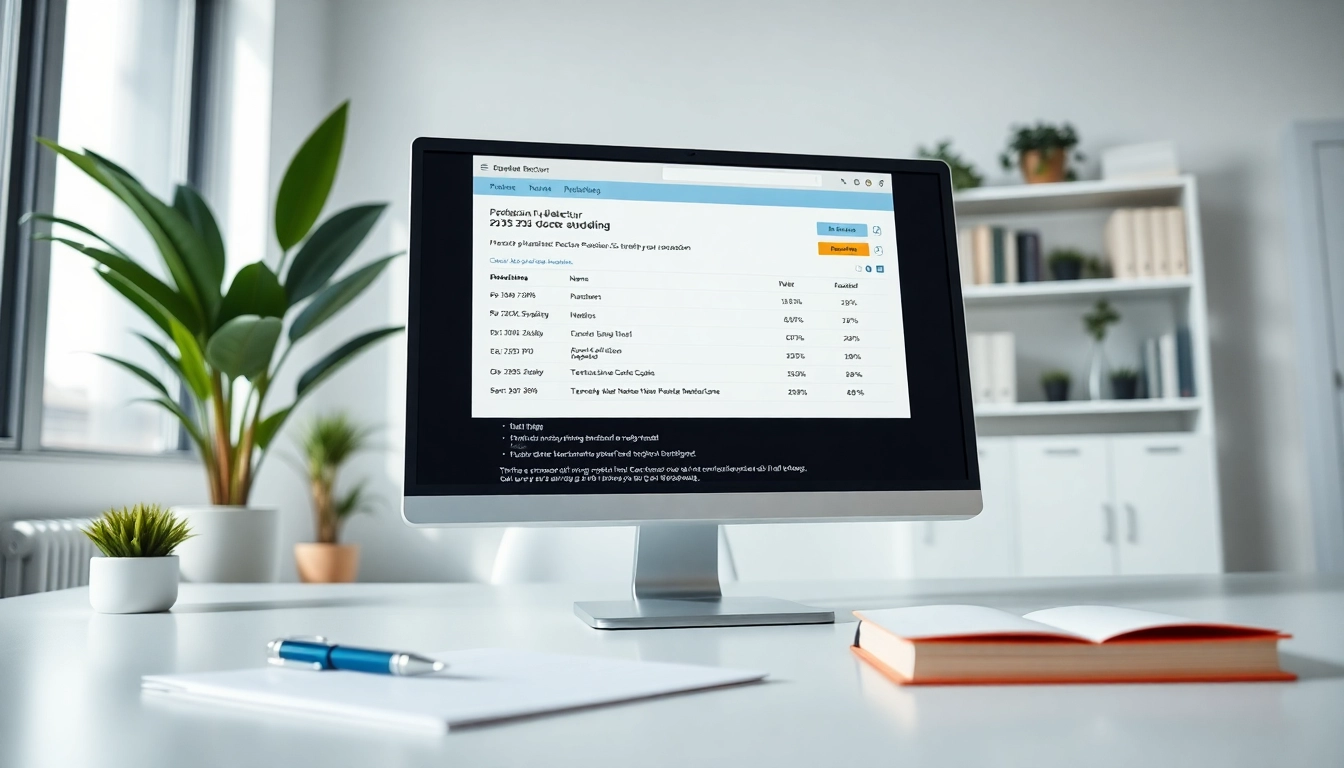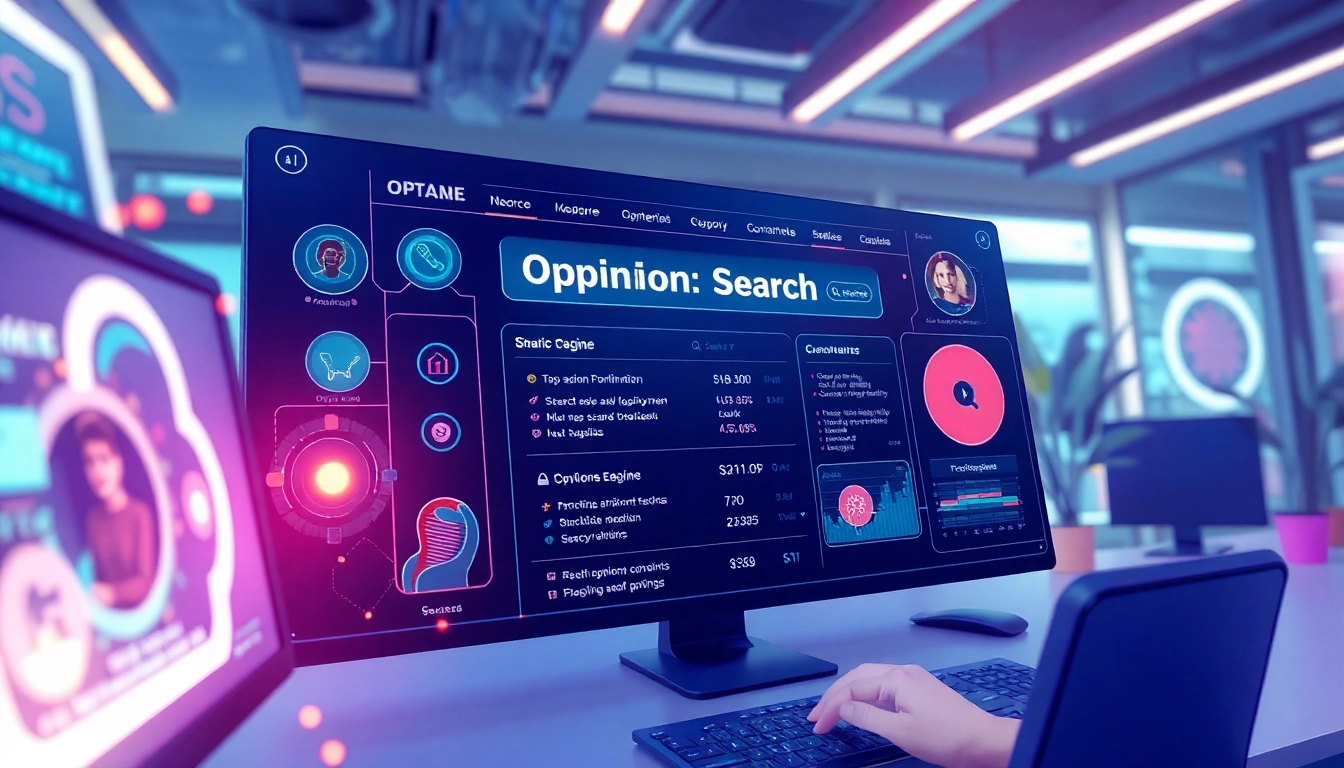Understanding Plagiarism Detection
What is a Plagiarism Detector?
A plagiarism detector is a sophisticated software tool designed to identify instances of plagiarism in text by comparing a submitted document against a vast database of existing works. These tools employ various algorithms and methodologies to detect duplicate content, paraphrased material, and even improper citation. For students, researchers, and educators, utilizing a plagiarism detector is crucial for maintaining academic integrity and ensuring originality in their written work. They serve not only to catch potential cheating but also educate users on proper citation practices and the importance of original thought.
The Importance of Plagiarism Detection in Academics
Plagiarism detection plays a pivotal role in the academic environment. As educational institutions increasingly prioritize academic integrity, the reliance on plagiarism detectors has transformed the way students interact with source materials. The stakes are high; failure to acknowledge sources properly can result in severe consequences, including expulsion for students or reputational damage for researchers and academics. Besides punitive measures, plagiarism detection encourages students to engage with material more thoughtfully, fostering critical thinking and original expression. Institutions now integrate these tools as essential components of their academic framework, emphasizing the necessity of originality and respect for intellectual property.
Types of Plagiarism Detectors Available
There are several types of plagiarism detectors available, categorized based on their functionalities and intended user base:
- Free Online Plagiarism Checkers: These tools offer a basic level of checking and are suitable for casual use. Popular among students on a budget, they provide a quick check without extensive analysis.
- Premium Plagiarism Detectors: More advanced, these tools come with subscription fees but offer in-depth analysis, integration features for educational institutions, and comprehensive reports. They are ideal for academic professionals and researchers.
- Integrated Writing Tools: Some writing platforms, like Grammarly, offer built-in plagiarism detectors that can highlight issues in real time as users draft documents.
- Institution-Specific Tools: Many universities employ specialized plagiarism detection systems like Turnitin, which provide detailed reports on similarity and potential sources of copied content.
How Plagiarism Detectors Work
Essential Features of a Good Plagiarism Detector
An effective plagiarism detector should include several critical features to enhance user experience and reliability:
- Extensive Database: A good plagiarism detector must have access to a vast database that includes internet resources, academic journals, and papers, ensuring comprehensive coverage.
- Real-time Checking: Many advanced systems offer real-time plagiarism detection, allowing users to receive feedback instantly as they write or edit their documents.
- Detailed Reports: Clear and detailed reports that highlight similarities, the percentage of matched content, and potential sources improve understanding and usability.
- Multiple Format Support: Effective tools should support various file formats (e.g., .docx, .pdf, .txt) to accommodate different user needs.
- Secure Data Handling: An emphasis on user privacy and data security is crucial, with reputable detectors ensuring that user documents are not stored or reused.
AI vs. Traditional Detection Methods
Traditional plagiarism detection methods often relied solely on keyword matching and string comparisons to identify similarities between texts. While effective to an extent, these methods could miss subtle forms of plagiarism, such as paraphrasing or alterations in sentence structure. In contrast, AI-powered plagiarism detection combines machine learning algorithms and natural language processing to analyze texts on a deeper level.
For instance, AI technologies can understand context, meaning, and even writing style nuances, enabling them to detect not just direct copies but creatively paraphrased content as well. This advancement signifies a significant leap towards more nuanced understanding and detection capabilities, making AI-driven tools more reliable for educators and students alike.
Understanding the Algorithms Used in Plagiarism Detection
Plagiarism detectors utilize various algorithms to compare documents and identify similarities. Some of the most common methods include:
- Fingerprinting: This technique converts the original documents into unique signatures or fingerprints, which are then compared against others to identify matches. This method is efficient in processing large datasets.
- Text Segmentation: Texts are broken down into smaller segments, often sentences or phrases, which are then individually analyzed. This granular approach allows for the detection of paraphrases and reordered sentences.
- Machine Learning: Machine learning algorithms improve over time by analyzing previous checks and learning to identify patterns in text similarity. These algorithms can recognize subtle changes in phraseology or the use of synonyms.
Best Practices for Using Plagiarism Detectors
How to Maximize Your Plagiarism Detection Results
To ensure the highest accuracy when using plagiarism detectors, consider the following best practices:
- Use Multiple Detectors: Different tools may have varying strengths; using a combination can increase the chances of catching all potential plagiarism.
- Review Reports Thoroughly: Take the time to understand the plagiarism report, review the flagged sources, and analyze the context of similarities.
- Check Before Submission: Run your work through a detector prior to submission or publication to address any issues proactively.
- Keep Up-to-date: Stay informed on the latest updates and new features offered by your chosen detector, ensuring you utilize its full potential.
Tips for Accurate Text Submission
Submitting text for plagiarism detection requires attention to detail. Here are some additional tips for achieving the best results:
- Format Consistently: Ensure that the document’s layout is consistent. Some tools may struggle with recognizing text amidst formatting inconsistencies.
- Remove Unnecessary Metadata: Strip documents of any hidden metadata or comments that may confuse detection tools.
- Limit Text to Relevant Sections: When analyzing long documents, only submit relevant sections to ensure faster processing and focused results.
Common Mistakes to Avoid with Plagiarism Detectors
Avoiding certain common pitfalls can enhance the effectiveness of plagiarism detection:
- Over-reliance on Automated Tools: While convenient, do not depend solely on detectors for assessing originality; human judgment is equally important.
- Ignoring Context: Understanding the context of flagged text is crucial. Not all similarities represent plagiarism.
- Neglecting Citation: Always cite sources even if paraphrased to maintain academic integrity.
Integrating Plagiarism Detectors in Educational Settings
Using Plagiarism Detectors in Classrooms
Incorporating plagiarism detectors in educational settings can enhance learning outcomes significantly. Educators can use these tools to teach students about academic integrity and writing skills. Introducing detectors at an early stage allows students to gather feedback on their writing and develop better research habits. Educators can also create assignments that encourage the use of plagiarism checkers, which in turn can stimulate deeper engagement with source materials.
Encouraging Academic Integrity with Technology
Using plagiarism detectors not only helps identify copied content but also fosters a culture of academic integrity. Institutions can emphasize their importance to students, pairing technology with educational initiatives that highlight the significance of original work. Workshops or seminars on proper citation and the ethical use of sources can complement the use of detection tools, thereby enriching students’ understanding.
Assessing the Effectiveness of Plagiarism Detectors
Regularly assessing the effectiveness of plagiarism detectors involves analyzing the outcomes and feedback from users. Educational institutions should routinely review the types and frequencies of plagiarism detected, adapting their detection tools and educational programs accordingly. Surveys and interviews with students can provide insights into the user experience and efficacy of the detectors being utilized.
Future Trends in Plagiarism Detection Technology
The Role of AI in Advanced Plagiarism Detection
As technology advances, the role of AI in plagiarism detection will only continue to grow. Future developments may include more sophisticated machine learning algorithms capable of understanding even more complex forms of plagiarism, including the context and nuance in writing styles. This will lead to tools that not only detect but also assist in improving the quality of student writing through suggestions for originality and better structuring.
Predictions for the Future of Plagiarism Detection
The future landscape of plagiarism detection will likely be characterized by increased integration of AI, higher accuracy, and more user-friendly interfaces. Expect tools that offer real-time feedback during the writing process, along with comprehensive educational resources on avoiding plagiarism. Moreover, cloud-based solutions will make plagiarism detection more accessible to individuals and institutions alike, making it easier to integrate these tools into existing digital workflows.
How to Stay Updated with New Detection Technologies
As with any technological advancement, staying updated is crucial. Educators and students can ensure they are current with the latest trends and tools in plagiarism detection by:
- Subscribing to Industry Newsletters: Regularly check newsletters dedicated to education technology for updates in plagiarism detection.
- Participating in Webinars and Workshops: Many organizations offer training sessions on the best practices for using plagiarism detection tools effectively.
- Engaging with Peer Networks: Joining professional networks can provide insights from colleagues about the most effective tools and methods.



